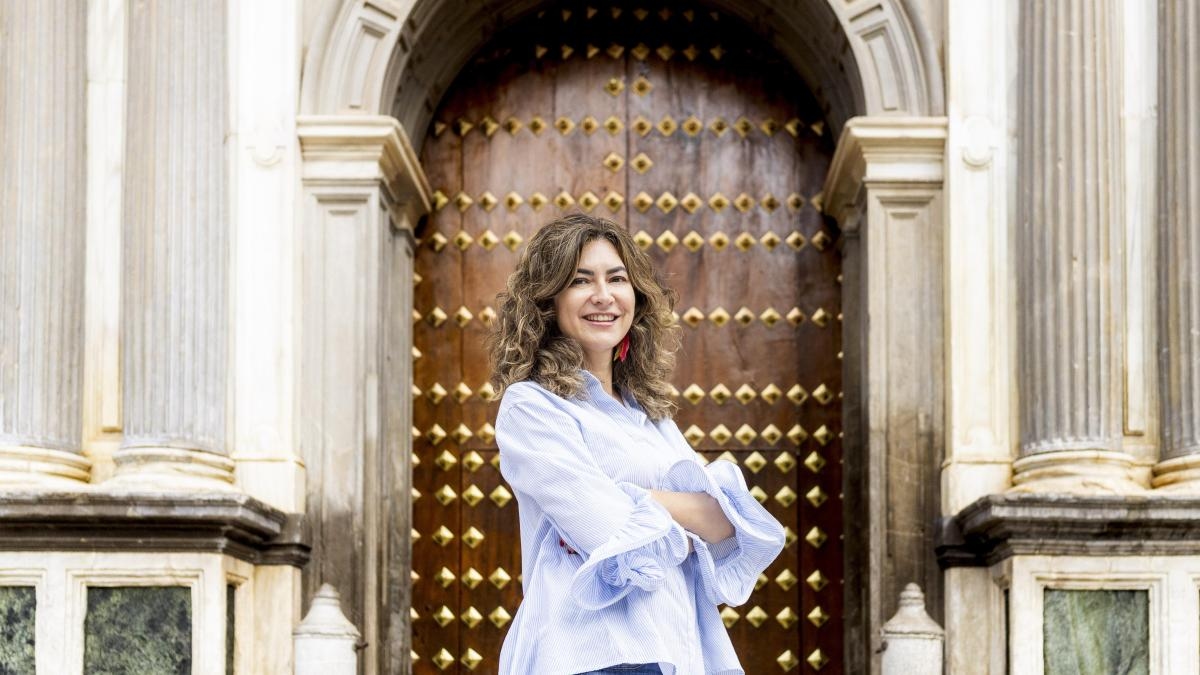Martín Gijón has Saint John of the Cross and the nun Ana de Jesús investigated for crimes.

A crime in a cloistered convent. A poison. La Capitana (Alfaguara) by Susana Martín Gijón (Seville, 1981) reeks of The Name of the Rose . It's its inspiration, as the author admits. Even in that desire to show a literary intention. But it's far from a copy.
Martín has his own narrative, his own story set in 1585—two centuries later than Eco's account—in a rather decadent Granada, many years after the Christian reconquest, the forced conversion of Muslims, and the Alpujarras rebellion, which left the entire area in dire poverty. And even more so after the deportations and expulsions of the Moriscos.
“There is a certain indignation in the novel, because Ana de Jesús has not been sufficiently recognized.”It is in this setting that the author transforms two historical figures into occasional detectives: Saint John of the Cross and the nun Ana de Jesús. She is the Captain of the book's title.
The two champions of Teresian reform among the Discalced Carmelites are confronted by the discovery of a lifeless body in the convent. A corpse unrecognizable due to the numerous sores covering its face. And a surprising corpse, because, despite the lack of blood flow, it maintains a robust, shocking erection.
This penile miracle and the sores will later serve, not to determine the murderer, but as a clue to the probable cause of death: catharidine, a substance that acts like natural Viagra and is extracted from the cantharides (the misnamed green fly), but which in high doses is a lethal component. The erection, again, as a harbinger of death, as happens with Tyrone Slothrop, the character in Thomas Pynchon's Gravity's Rainbow , who gets erect every time a Nazi V2 rocket approaches.
Read alsoThe book is set in Granada. His previous novel, La Babilonia, 1580 , published two years ago, was set in Seville. Although Martín already had ten other crime novels under his belt, this was his first historical-crime story.
La Capitana is commendably historically accurate (the author spent two years studying it), even though she allows herself the liberty of fictionalizing the detective skills of Juan de la Cruz and Ana de Jesús. It is a faithful tour of 16th-century Granada, with buildings and sites still present: the Royal Chancery, Plaza Nueva and Bib-Rambla (two spaces that were then witnesses to public executions), the Casa de los Tiros, and the Monastery of San Jerónimo. And, of course, the Convent of San José, the main setting of the novel.
The convent is still cloistered. To gather information, she spared no effort to be welcomed by the nuns. She struggled, but she emerged unscathed. “We grew close, to the point where they let me touch relics,” she explains. She even visited the attic, the space where John of the Cross gave Mass to the Carmelite nuns, even though it’s not open to visitors (in fact, nothing in the convent is). “[The nuns] go up there only once a year: on January 1st, to have a hot chocolate party; a tradition they have…” explains Martín.
Juan de la Cruz is one of the main characters, but Ana de Jesús is even more so. “In the novel, there is a certain indignation because Ana de Jesús hasn't been sufficiently recognized,” says the author. The story she develops in the book also takes on a certain tone of denunciation, as well as vindication, because “the convent was a refuge for women; it was the only place where they could have greater autonomy and cultivate their intellectual development.”
Martín has already received several awards for her works. In this latest work, beyond the plot, the author stands out for her literary intent, a rare quality in the crime genre, which combines with a predominance of short sentences—in a book of more than 400 pages—far superior to the presence of long, subordinate, and interwoven sentences that would overwhelm the reader. It all creates a unique style that makes her recognizable. And this virtue is a reward for the reader and an asset for Martín.
lavanguardia




